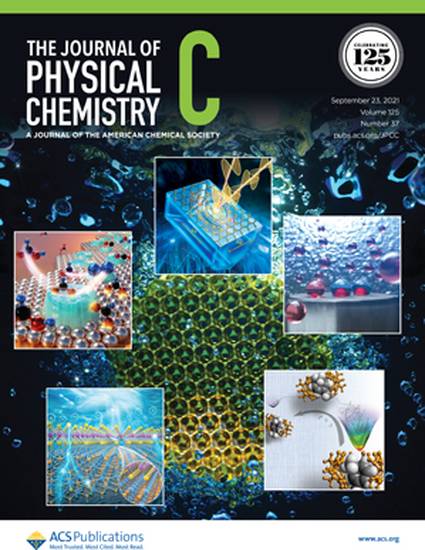
Plane-wave density functional theory has been used to study oxygen adsorption on graphene, graphite, and (12,0) zigzag single-walled carbon nanotubes with and without Stone–Wales (SW) and single-vacancy (SV) defects to understand the role of defects on carbonaceous material reactivity. Atomic oxygen adsorption leads to the formation of an epoxide on defect-free graphene and graphite and an ether on the exterior wall of carbon nanotubes and SW-defected materials. O2 chemisorption is endothermic on defect-free graphene and graphite and slightly exothermic on defect-free nanotubes. O2 chemisorption energies are predicted to be −1.1 to −1.4 eV on an SW defect and −6.0 to −8.0 eV on an SV defect. An SW defect lowers the energy barriers by 0.90 and 0.50 eV for O2 chemisorption on graphene and nanotubes, respectively. The formation of a C–O–O–C group is important for O2 dissociation on defect-free and SW-defected materials. The energy barrier is less than 0.30 eV on an SV defect. The more reactive SW defect toward O adsorption on graphene is mostly due to the strained defective carbon atoms being able to donate more electrons to an O to form an ether. The larger 2s character in the hybrid orbitals in an ether than in an epoxide makes the ether C–O bond stronger. Stronger C–O binding on an SW-defective carbon nanotube than on a defect-free nanotube is in part due to more flexibility of the defect to release the epoxide ring strain to form an ether.
Available at: http://works.bepress.com/lan_li/57/
